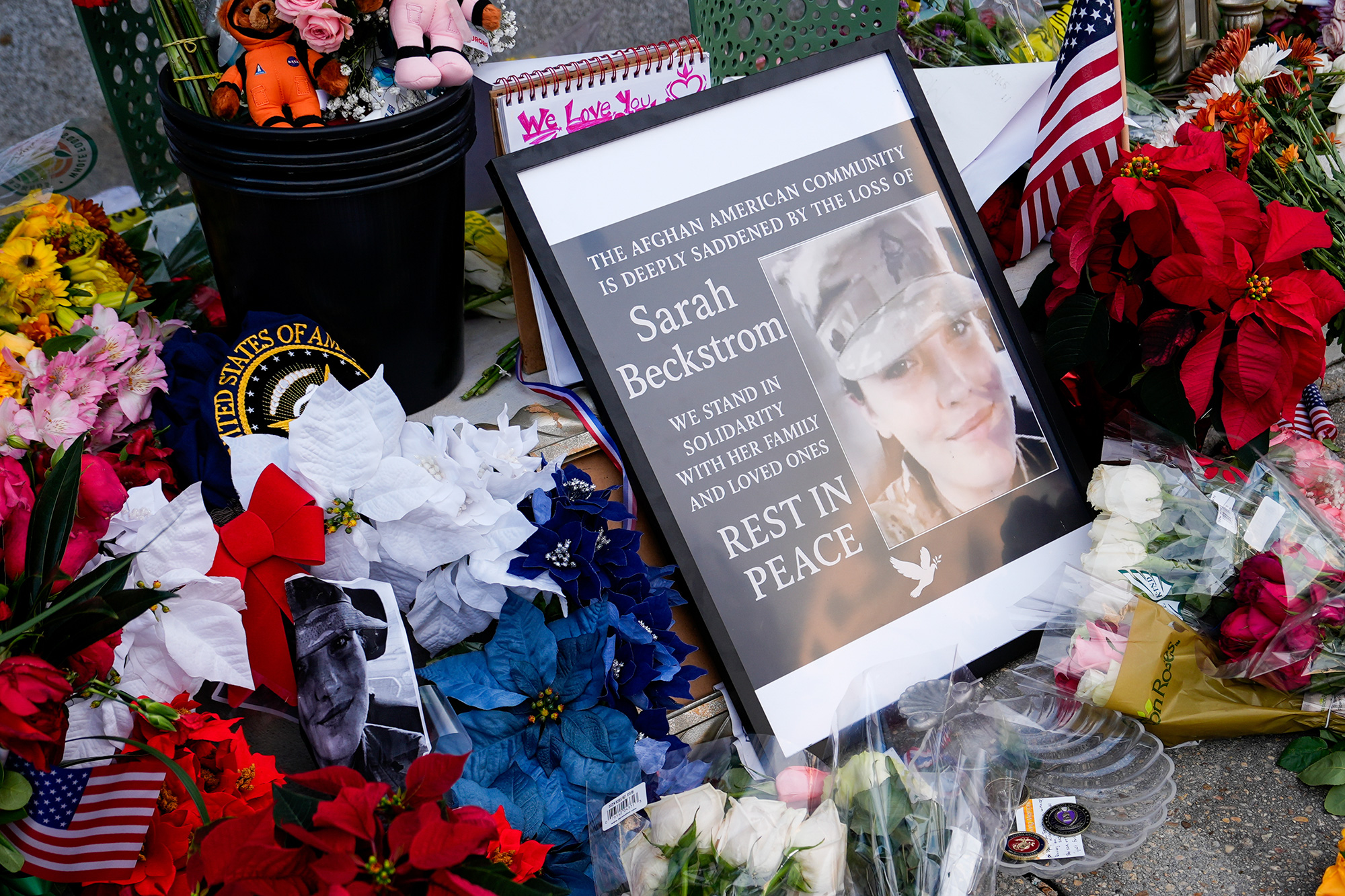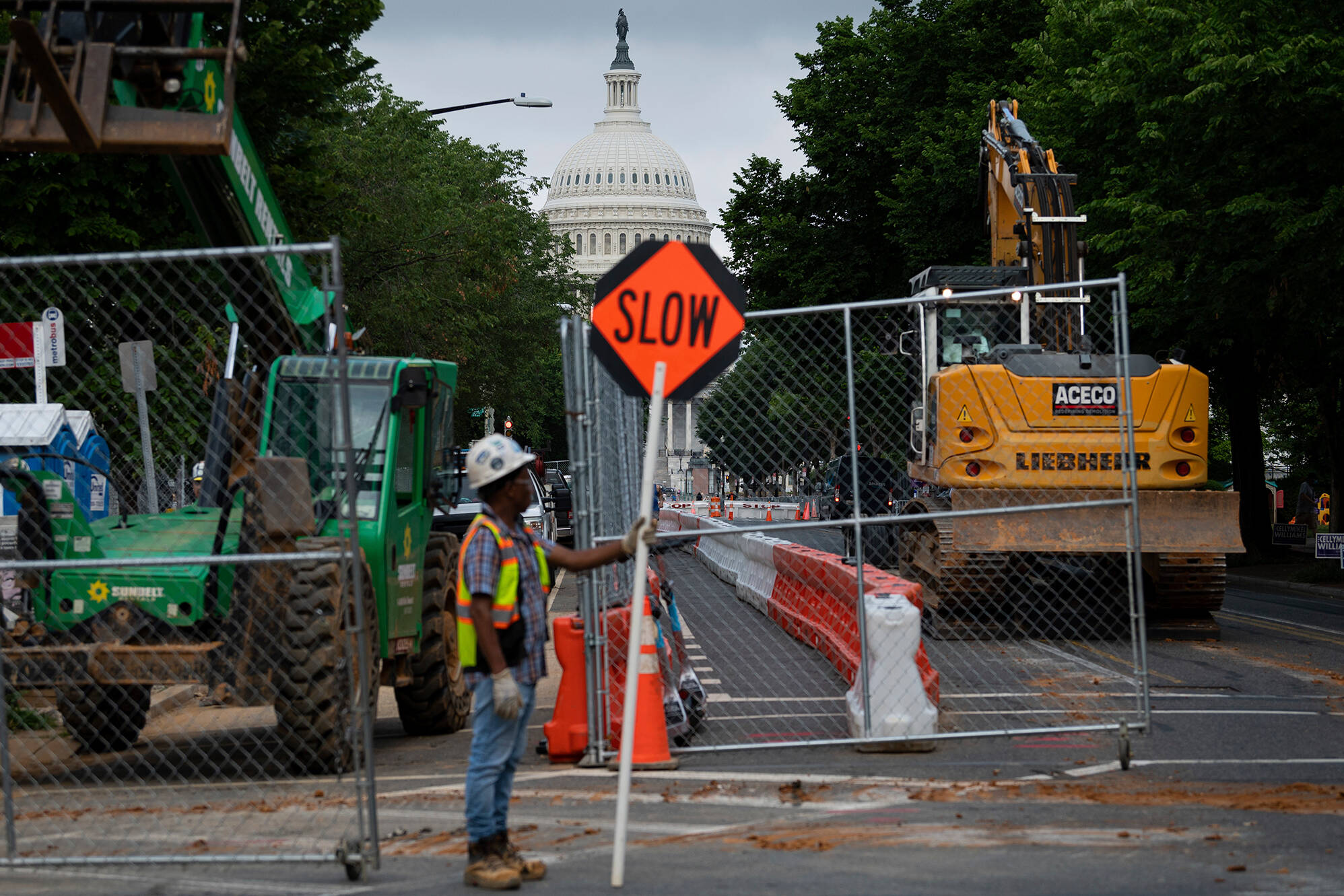Who’s at the table, and what’s on the line?
Ever since the “Liberation Day” tariff announcement on April 2, the Trump administration has been racing to make trade deals with other countries.
According to Treasury Secretary Scott Bessent, 70 countries reached out to the U.S. to schedule trade negotiations less than a week after Liberation Day. Secretary Bessent joked, “I am not planning on going anywhere for Easter” as he prepared to kick off negotiations.
Don’t Miss Out: Get the latest updates – sign up for emails from No Labels.
A couple of deal frameworks have already been forged with China and the United Kingdom, while plenty more are reportedly underway. But how does all this come to be? Who are the trade negotiators, and where do trade talks happen? Here’s what you need to know about the mechanics of a trade deal:
Team USA
Two officials are the true leaders of America’s negotiating team: Secretary Bessent, and U.S. Trade Representative (USTR) Jamieson Greer.

Secretary Bessent heads up the U.S. Treasury, and is considered more cautious about the use of tariffs than other Trump economic advisors. Ambassador Greer’s role as USTR is a Cabinet-level position which is supposed to lead all international trade agreements for the U.S.
Other officials pitch in when they can. Commerce Secretary Howard Lutnick, a strong advocate for tariffs, has had a role in many of these negotiations as well.
The UK Trade Deal
Negotiation Leaders
- Jonathan Reynolds, Secretary of State for Business and Trade (equivalent to the U.S. Commerce Secretary)
- Peter Mandelson, Ambassador to the United States
 How It Went Down
How It Went Down
- British negotiators traveled to Washington on May 7 to finalize an initial trade framework.
- In a trade deal announced May 8, the U.S. agreed to lower tariffs on British cars will fall to 10% from 27.5% and remove tariffs on British steel and aluminum, while the UK will remove tariffs on American ethanol and purchase $10 billion worth of Boeing aircrafts.
The China Trade Deal
Negotiation Leaders
- Lan Fo’an, Minister of Finance (equivalent to Treasury Secretary)
- Li Chenggang, Trade Negotiation Representative (equivalent to U.S. Trade Representative)
- He Lifeng, Vice Premier overseeing economic policy (no direct equivalent in the U.S., but He’s role overlaps with the Treasury Secretary, USTR, and National Economic Council Director)
 How It Went Down
How It Went Down
- Secretary Bessent and Minister Lan met in the basement of the IMF headquarters in Washington, DC during the IMF’s April meeting to quietly open trade negotiations.
- Secretary Bessent and Ambassador Greer met with Vice Premier He and Vice Minister Li on May 10 in Geneva, Switzerland, at the home of the Swiss Ambassador to the United Nations to put the finishing touches on a trade deal.
- In an agreement announced on May 12, both countries agreed to lower their tariff rates by 115% for at least 90 days while they work on a broader deal.
The India Trade Deal
Negotiation Leaders
- Vice President JD Vance
- Narenda Modi, Prime Minister of India (equivalent to President of the United States)
 How It Went Down
How It Went Down
- VP Vance met with PM Modi during his four-day visit to India in late April.
- The two sides agreed on “terms of reference” for a trade deal, paving the way for more technical deliberations between each country’s trade teams.
- However, now that India is facing an armed conflict with Pakistan, trade talks appear to be on the backburner.
The EU Trade Negotiations
Negotiation Leaders
- Valdis Dombrovskis, European Commission Executive Vice-President and acting Trade Commissioner (a role that overlaps with the Treasury Secretary and the USTR)
- Maroš Šef?ovi?, European Commissioner for Trade and Economic Security, Interinstitutional Relations, and Transparency (equivalent to the USTR)
- Bjoern Seibert, Head of Cabinet for European Commission President Ursula von der Leyen (equivalent to White House Chief of Staff)
 How It’s Going
How It’s Going
- EU negotiators traveled to Washington, DC as early as April 11 to start working on a deal, which has not materialized yet.
- The EU is proposing “zero-for-zero” tariffs for industrial goods, aiming to eliminate tariffs on both sides of the Atlantic.
- The U.S. and EU have both paused their retaliatory tariffs as they work to finalize a deal.
The Japan Trade Negotiations
Negotiation Leaders
- Ryosei Akazawa, Minister of State for Economic and Fiscal Policy (equivalent to Director of the Office of Management and Budget)
- Katsunobu Kato, Minister of Finance (equivalent to Treasury Secretary)
 How It’s Going
How It’s Going
- Japanese negotiations traveled to Washington, DC on May 1 to begin trade talks, hoping to secure a deal by June.
- Japan wants the U.S. to lower tariffs on cars, steel, and aluminum, while the Trump administration wants Japan to reduce non-tariff barriers against American companies and buy more from American farmers.
Looking for the latest in your inbox? Sign up for emails from No Labels.
Related
Peyton Lofton
Peyton Lofton is Senior Policy Analyst at No Labels and has spent his career writing for the common sense majority. His work has appeared in the Washington Examiner, RealClearPolicy, and the South Florida Sun Sentinel. Peyton holds a degree in political science from Tulane University.





You must be logged in to post a comment.